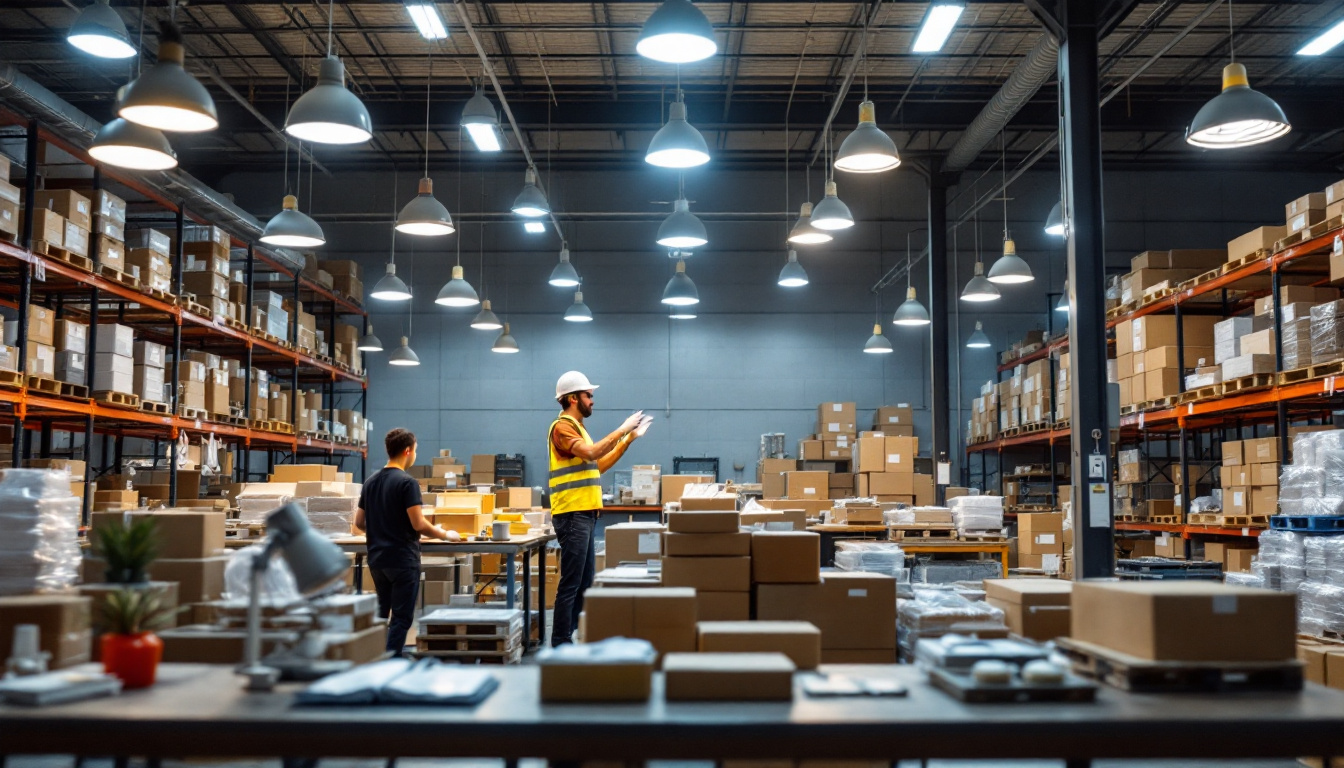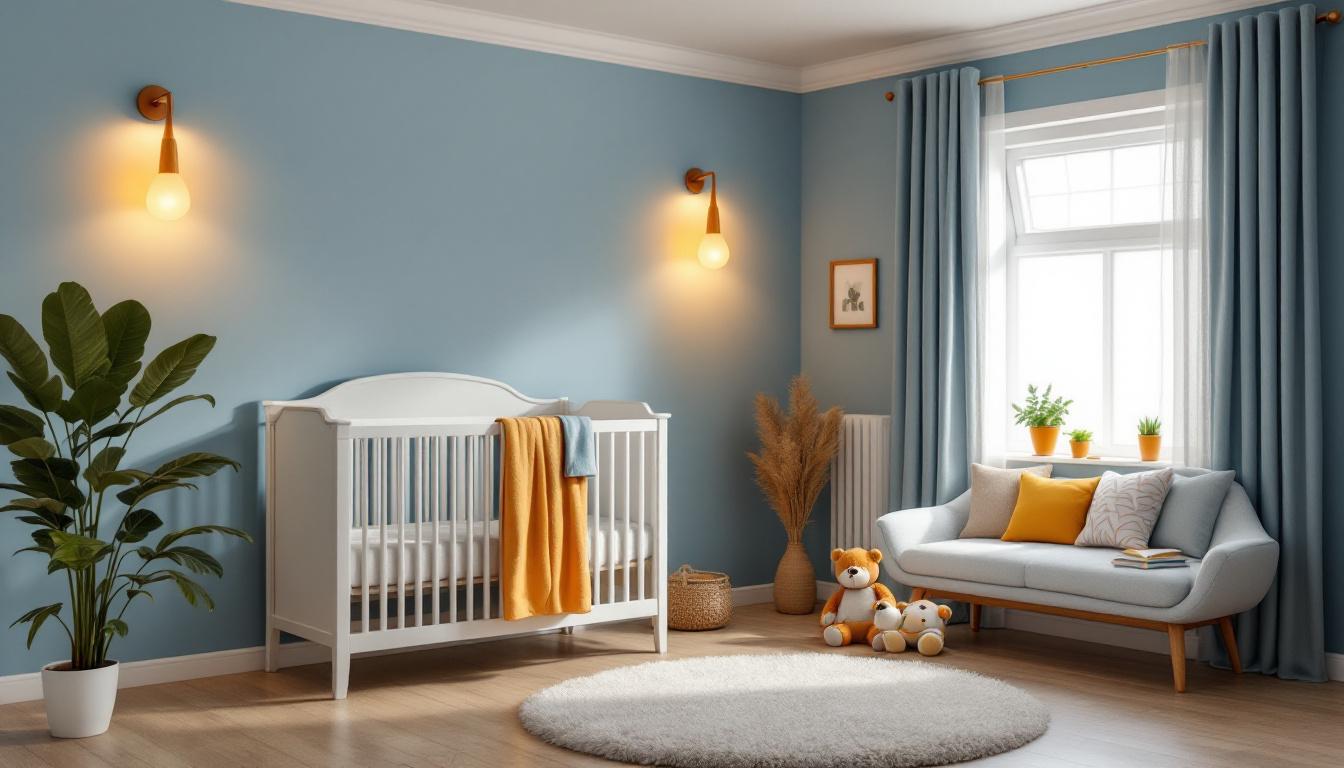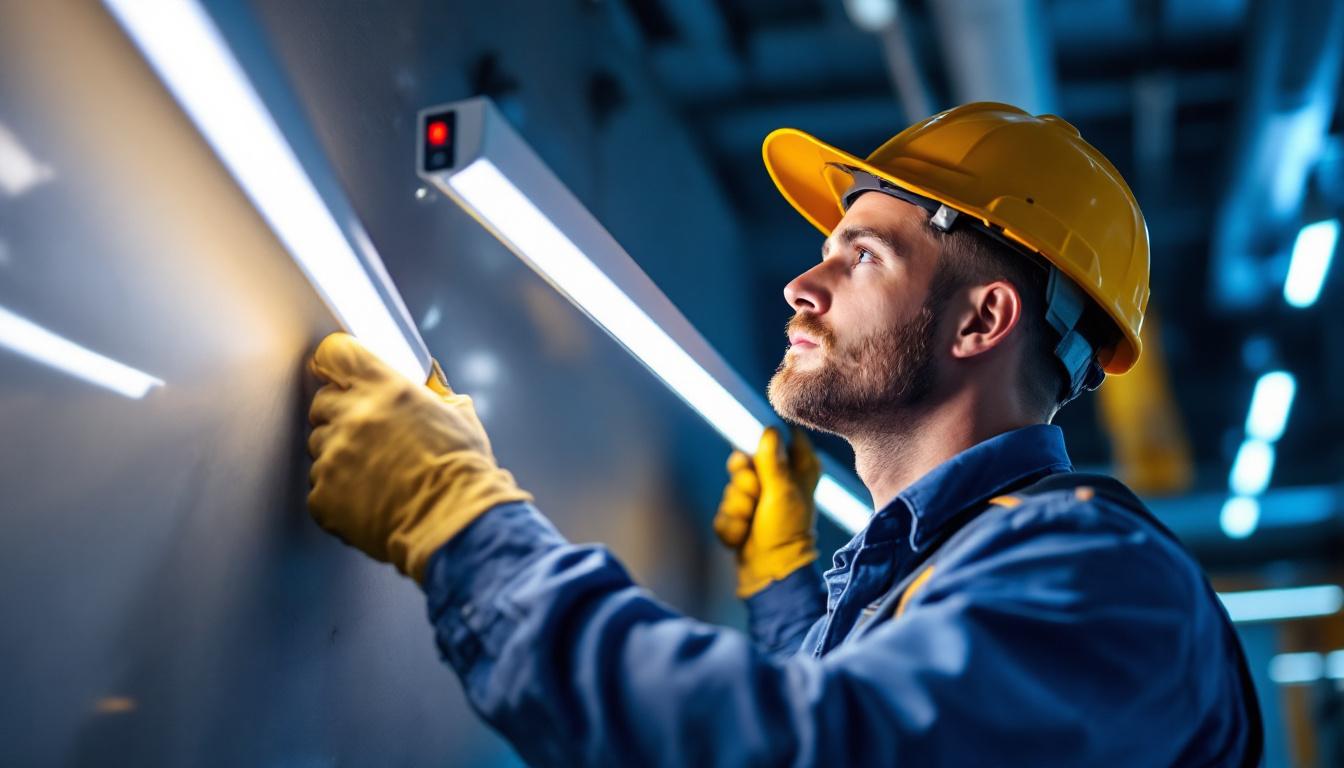
In the ever-evolving landscape of warehouse management, lighting plays a crucial role in enhancing operational efficiency. For lighting contractors, understanding the nuances of warehouse lighting can lead to significant improvements in both performance and cost-effectiveness. This article delves into the various aspects of warehouse lights, highlighting their importance and how they can be optimized for better results.
Effective lighting is not just about visibility; it significantly impacts productivity, safety, and energy consumption. In a warehouse setting, where space is often vast and filled with various obstacles, the right lighting can make a world of difference.
Proper lighting can dramatically enhance worker productivity. Studies have shown that well-lit environments lead to fewer errors and faster task completion. In warehouses, where employees often navigate through aisles and shelves, adequate lighting helps in reducing accidents and improving the speed of operations.
Moreover, the type of lighting used can also influence mood and motivation. Bright, well-distributed light can create a more inviting atmosphere, encouraging workers to perform at their best. Lighting contractors should consider these factors when designing lighting solutions for their clients. Additionally, the integration of smart lighting systems can further optimize productivity. These systems can adjust brightness based on the time of day or occupancy, ensuring that energy is not wasted while still providing optimal working conditions. This adaptability not only enhances the work environment but also contributes to a more sustainable operation.
Safety is paramount in any warehouse environment. Poorly lit areas can lead to accidents, injuries, and even legal liabilities. Ensuring that all areas of a warehouse are adequately illuminated is essential for maintaining a safe working environment.
Lighting contractors must be aware of the specific safety standards and regulations that apply to warehouse lighting. This includes ensuring that emergency exits are well-lit and that there are no dark corners where accidents could occur. An investment in quality lighting not only protects workers but also safeguards the business from potential lawsuits. Furthermore, incorporating motion-sensor lighting in less-trafficked areas can enhance safety by ensuring that lights are activated only when needed, thus providing illumination when it is most crucial while conserving energy during off-peak hours.
With rising energy costs, energy-efficient lighting solutions have become a priority for many warehouse operators. Lighting contractors can play a pivotal role in helping clients reduce their energy consumption through the selection of appropriate lighting technologies.
LED lighting, for instance, has gained popularity due to its energy-saving capabilities and long lifespan. By switching to LED fixtures, warehouses can significantly cut down on their energy bills while also reducing their carbon footprint. This not only benefits the environment but also enhances the warehouse’s bottom line. In addition to LED solutions, the use of daylight harvesting techniques can further improve energy efficiency. By strategically placing skylights or using light tubes, warehouses can take advantage of natural light during the day, reducing reliance on artificial lighting and creating a more pleasant working environment. This holistic approach to lighting design not only maximizes energy savings but also fosters a healthier atmosphere for employees.
When it comes to warehouse lighting, there are several types of solutions available. Each type comes with its own set of advantages and is suitable for different applications. Understanding these options is crucial for lighting contractors aiming to provide the best solutions for their clients.
LED lighting has revolutionized the way warehouses are illuminated. Known for its energy efficiency and longevity, LED fixtures can last up to 25 times longer than traditional incandescent bulbs. This reduces the frequency of replacements, which in turn lowers maintenance costs.
Additionally, LED lights provide excellent color rendering, which is essential in environments where accurate color identification is crucial. For warehouses dealing with various products, this feature can enhance operational efficiency. Furthermore, LEDs are available in a range of color temperatures, allowing warehouses to create the ideal ambiance for different tasks, whether it’s a cooler, more focused light for detailed work or a warmer light for general storage areas. Many modern LED systems also come with smart technology options, enabling remote control and scheduling, which can further optimize energy use and improve overall management of the warehouse environment.
Fluorescent lighting has been a staple in warehouse environments for years. It offers a good balance between cost and efficiency. While not as energy-efficient as LEDs, fluorescent lights are still a viable option for warehouses looking for a budget-friendly solution.
These lights provide bright illumination and can cover large areas effectively. However, they do have a shorter lifespan compared to LEDs and may require more frequent replacements. Additionally, fluorescent lights can be sensitive to temperature fluctuations, which may affect their performance in unconditioned spaces. Despite these drawbacks, they are often favored for their lower initial installation costs and are available in various configurations, including high-bay and low-bay fixtures, making them versatile for different warehouse layouts. Moreover, advancements in fluorescent technology, such as the introduction of T5 and T8 bulbs, have improved their efficiency and light output, making them a practical choice for many warehouses.
HID lighting is another option that has been used in warehouses, particularly in high-ceiling applications. These lights are known for their brightness and ability to illuminate large spaces effectively.
While HID lights are powerful, they are less energy-efficient than LEDs and can take time to warm up to full brightness. For warehouses with high ceilings, lighting contractors may need to consider the trade-offs between initial costs and long-term energy savings when recommending HID solutions. Additionally, HID fixtures often require more complex installation and maintenance due to their ballast systems and the need for specialized fixtures. However, they can provide a significant amount of light output, making them suitable for outdoor areas and large indoor spaces where high visibility is essential. It’s also worth noting that advancements in HID technology, such as metal halide and high-pressure sodium lamps, have improved their color rendering and efficiency, making them a viable option for specific applications where intense lighting is necessary.
Creating an effective lighting plan for a warehouse involves more than just choosing the right fixtures. It requires a comprehensive understanding of the space and its specific needs. Lighting contractors must consider various factors to ensure optimal lighting performance.
The layout of a warehouse significantly influences lighting design. Factors such as aisle width, shelf height, and the presence of machinery must be taken into account. A well-planned layout will ensure that light is distributed evenly across the space, minimizing shadows and dark spots.
Lighting contractors should conduct a thorough assessment of the warehouse layout before making recommendations. This may involve using lighting design software to simulate different lighting scenarios and identify the best solutions for the space.
Different areas of a warehouse may require varying levels of illumination based on the tasks being performed. For instance, packing and sorting areas may need brighter lighting compared to storage zones. Task-specific lighting can enhance efficiency and safety by providing the right amount of light where it is needed most.
Incorporating adjustable lighting solutions can also be beneficial. Dimmable fixtures or task lights can be installed in areas where workers need to focus on detailed tasks, allowing them to adjust the brightness according to their needs.
The advent of smart lighting technology has opened new avenues for warehouse lighting solutions. Smart systems can be programmed to adjust brightness based on occupancy, time of day, or even natural light levels. This not only enhances energy efficiency but also improves the overall working environment.
Lighting contractors should consider integrating smart technology into their designs. This can lead to significant energy savings and provide clients with greater control over their lighting systems.
Once a lighting system is installed, ongoing maintenance is essential to ensure optimal performance. Regular inspections and maintenance can prevent issues that may lead to reduced efficiency or safety hazards.
Conducting regular inspections of lighting fixtures is crucial for identifying any potential issues before they escalate. This includes checking for burnt-out bulbs, damaged fixtures, and ensuring that all lights are functioning correctly.
Lighting contractors should establish a maintenance schedule for their clients, outlining when inspections should occur and what specific checks need to be performed. This proactive approach can save time and money in the long run.
Dust and debris can accumulate on lighting fixtures, reducing their effectiveness. Regular cleaning of lights and fixtures is necessary to maintain optimal brightness and efficiency. This is especially important in warehouses, where dust and particles can easily settle on surfaces.
Lighting contractors should advise clients on the best cleaning practices and schedules to ensure that their lighting systems remain in top condition. Simple maintenance tasks can significantly extend the lifespan of lighting fixtures and enhance performance.
As technology continues to advance, upgrading lighting systems may be necessary to keep up with the latest innovations. Newer lighting technologies often offer improved efficiency and performance, making them a worthwhile investment for warehouse operators.
Lighting contractors should stay informed about the latest trends and advancements in lighting technology. By offering clients the option to upgrade their systems, contractors can help them achieve better energy savings and operational efficiency.
In conclusion, effective warehouse lighting is a critical component of operational efficiency for lighting contractors. By understanding the importance of lighting, the various types of solutions available, and the best practices for designing and maintaining lighting systems, contractors can significantly enhance their clients’ warehouse operations.
Investing in quality lighting not only improves productivity and safety but also contributes to energy savings and overall cost reduction. As the industry continues to evolve, staying abreast of new technologies and trends will empower lighting contractors to deliver exceptional solutions that meet the needs of modern warehouses.
Ultimately, the right lighting strategy can transform a warehouse into a more efficient, safe, and productive environment, benefiting both workers and business owners alike.
Ready to elevate your warehouse lighting solutions? At LumenWholesale, we provide lighting contractors with the highest quality, spec-grade lighting products at prices that can’t be beaten. Say goodbye to local distributor markups and hello to a vast selection of reliable, high-performance lighting that meets rigorous industry standards. With the added benefits of free shipping and bulk buying convenience, LumenWholesale is your go-to source for premium lighting without the premium price tag. Don’t compromise on quality or value—discover wholesale lighting at the best value today and light up your projects with confidence and efficiency.

Discover essential strategies for lighting contractors to prevent common pitfalls with ballast electric systems.

Discover the top strategies from expert lighting contractors to create the perfect ambiance in your nursery.

Discover how the Outdoor Solar Power LED Squirrel Lamp Post is revolutionizing lighting projects for contractors.

Discover the essential guide for lighting contractors to master tubular LED lamps.